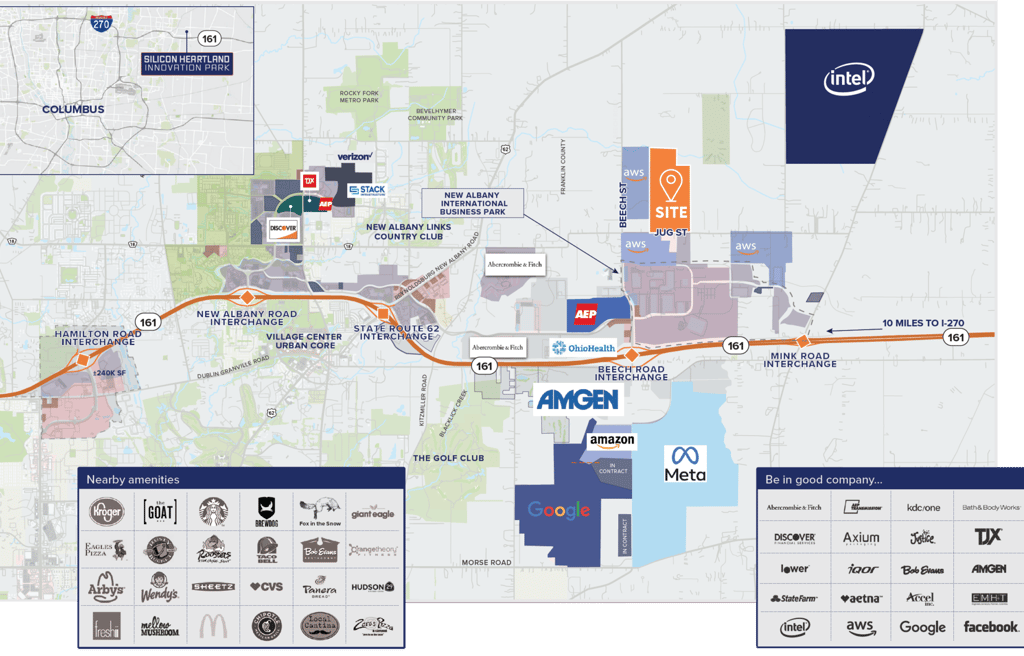Oklo’s Nuclear Play Could Make Ohio the Midwest’s Energy Fortress
Ohio’s lights are about to get a whole lot harder to keep on. AI data centers, heavy industry, and defense sites are pushing demand to the breaking point — and PJM isn’t ready. Oklo says its small modular reactors could make Ohio the Midwest’s energy fortress. Here’s how.
NEWS
Miranda Morrow
8/15/20253 min read


By Miranda Morrow — eGeneration News
Ohio, long known for its manufacturing grit and logistical muscle, is quietly emerging as a potential anchor for America’s next nuclear renaissance — and Oklo, Inc. wants the state at the center of its strategy.
The Silicon Valley-based small modular reactor (SMR) developer is targeting $5 billion in annual revenue by 2028 from a 14 gigawatt (GW) order pipeline, with a build-own-operate model that sells electricity through long-term power purchase agreements rather than reactors themselves. The approach insulates buyers from wholesale market volatility and positions Oklo to meet the surging demand of high-reliability sectors — namely data centers, manufacturing hubs, and defense installations.
A Perfect Storm of Demand
Ohio’s energy appetite is ballooning. Central Ohio’s New Albany corridor — dubbed the “Silicon Heartland” — is absorbing tens of billions in AI and cloud infrastructure investments from Amazon, Google, Meta, and Intel. American Electric Power (AEP) projects that peak demand in the region will double by 2028, driven largely by hyperscale data center growth.
Meanwhile, Ohio’s industrial load — already among the highest in the nation — remains vulnerable to price swings and supply uncertainty from PJM, the regional grid operator. In a deregulated market where renewable mandates add cost and strain reliability, large-scale consumers are increasingly exploring ways to secure on-site or dedicated generation.
Oklo’s answer: modular fast reactors, each capable of delivering 75 MW of continuous baseload power, deployed in clusters or as microgrids serving customers up to 50 miles away.
Partnerships and Supply Chain Advantages
Oklo’s growth plan rests on a network of heavyweight partners. A deal with Liberty Energy integrates Aurora reactors with natural gas peakers, enabling flexible hybrid systems for industrial and digital customers. A collaboration with Vertiv focuses on advanced cooling solutions for AI data centers, leveraging waste heat from Oklo’s reactors to improve efficiency.
Critically for Ohio, Oklo has secured a HALEU (High-Assay Low-Enriched Uranium) fuel supply agreement with Centrus Energy, whose enrichment facility in Piketon could become a linchpin in the company’s early deployment efforts.
“These agreements aren’t just about technology,” said one industry analyst. “They lock in scalability, reduce fuel risk, and shorten deployment timelines — all of which are essential for meeting Ohio’s fast-moving energy needs.”
Military and Security Footprint
Oklo’s credibility in high-security markets was cemented with its contract to supply power to Eielson Air Force Base in Alaska. In Ohio, that precedent could translate into projects at Wright-Patterson Air Force Base and aerospace defense campuses around Dayton.
The Department of Defense’s interest in resilient, low-maintenance nuclear generation aligns closely with Oklo’s design — particularly in locations where grid disruption is unacceptable.
Economic Stakes
Ohio’s energy future is at a crossroads. The state is staring down a potential 50% increase in demand over the next decade, even as PJM’s interconnection queue has been hamstrung by renewables-heavy proposals that rarely materialize into operational capacity.
Failure to add reliable baseload power will not only drive rates higher but could stall industrial growth and jeopardize the state’s competitive edge in attracting high-tech investment.
Oklo’s model — long-term PPAs, integrated supply chain, defense credibility — could make Ohio a Midwest SMR deployment hub. The company envisions microgrids tied to industrial parks, AI campuses, and defense installations, anchored by local HALEU supply and supported by construction partners like Kiewit Nuclear Solutions.
The Road Ahead
Oklo’s timeline is ambitious. The company is targeting its first commercial operations in late 2027 or early 2028, contingent on securing NRC licensing. A $440 million capital raise earlier this year extends its financial runway and funds site preparation, licensing, and early construction.
Regulatory complexity remains the biggest unknown. While Oklo is leveraging over 400 reactor-years of operational data from past fast-reactor programs, its novel licensing strategy could still face delays.
Yet in a market where electricity is becoming a limiting factor for economic expansion, Ohio may not have the luxury of waiting for conventional solutions.
If Oklo’s model takes root here, it could not only safeguard the state’s industrial backbone but also give Ohio a decisive role in shaping America’s next-generation nuclear landscape.


